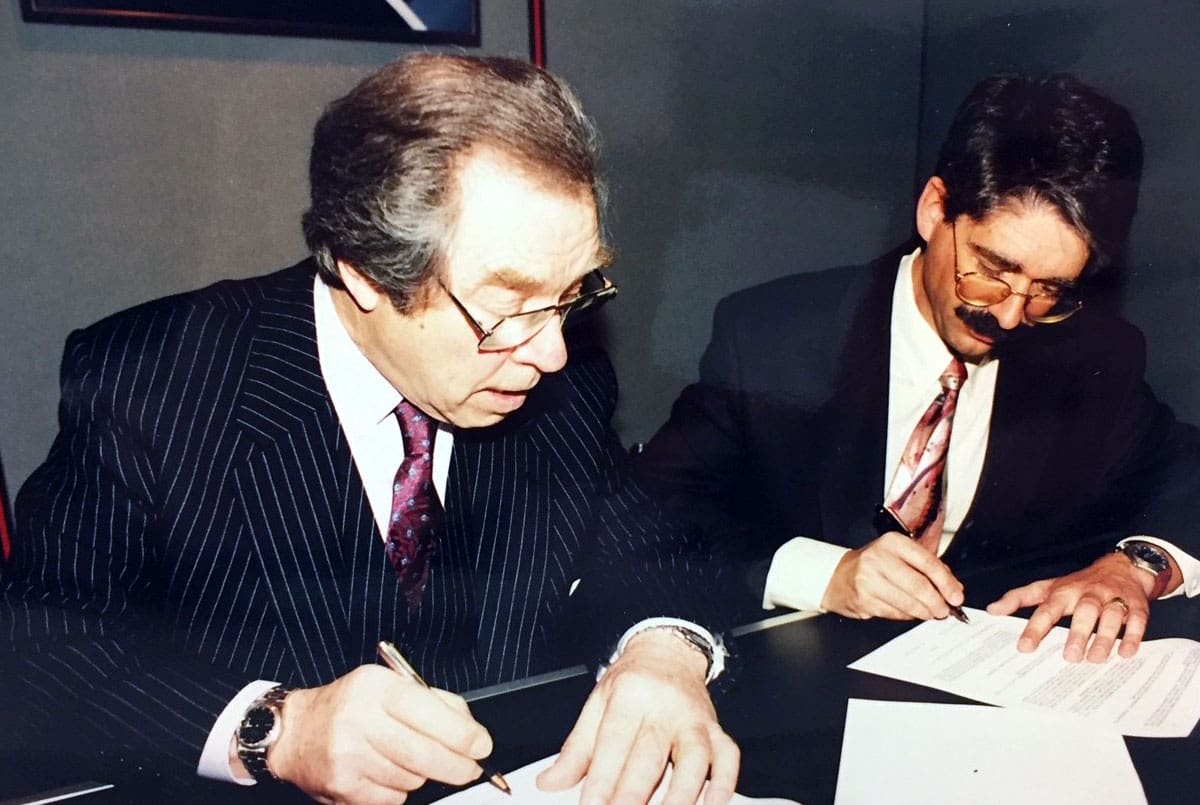INSIGHT: The Great Escapement – Explaining the Rolex with an Omega heart
Andrew McUtchenIt was a long time between drinks. An epic 200 years. And both beverages were served in Britain. We are talking about the invention of the lever escapement, the ‘beating heart’ of the mechanical watch, by British clockmaker Thomas Mudge around 1775. The only successful alternative, the co-axial escapement, was unveiled nearly two centuries later by another Englishman, George Daniels.
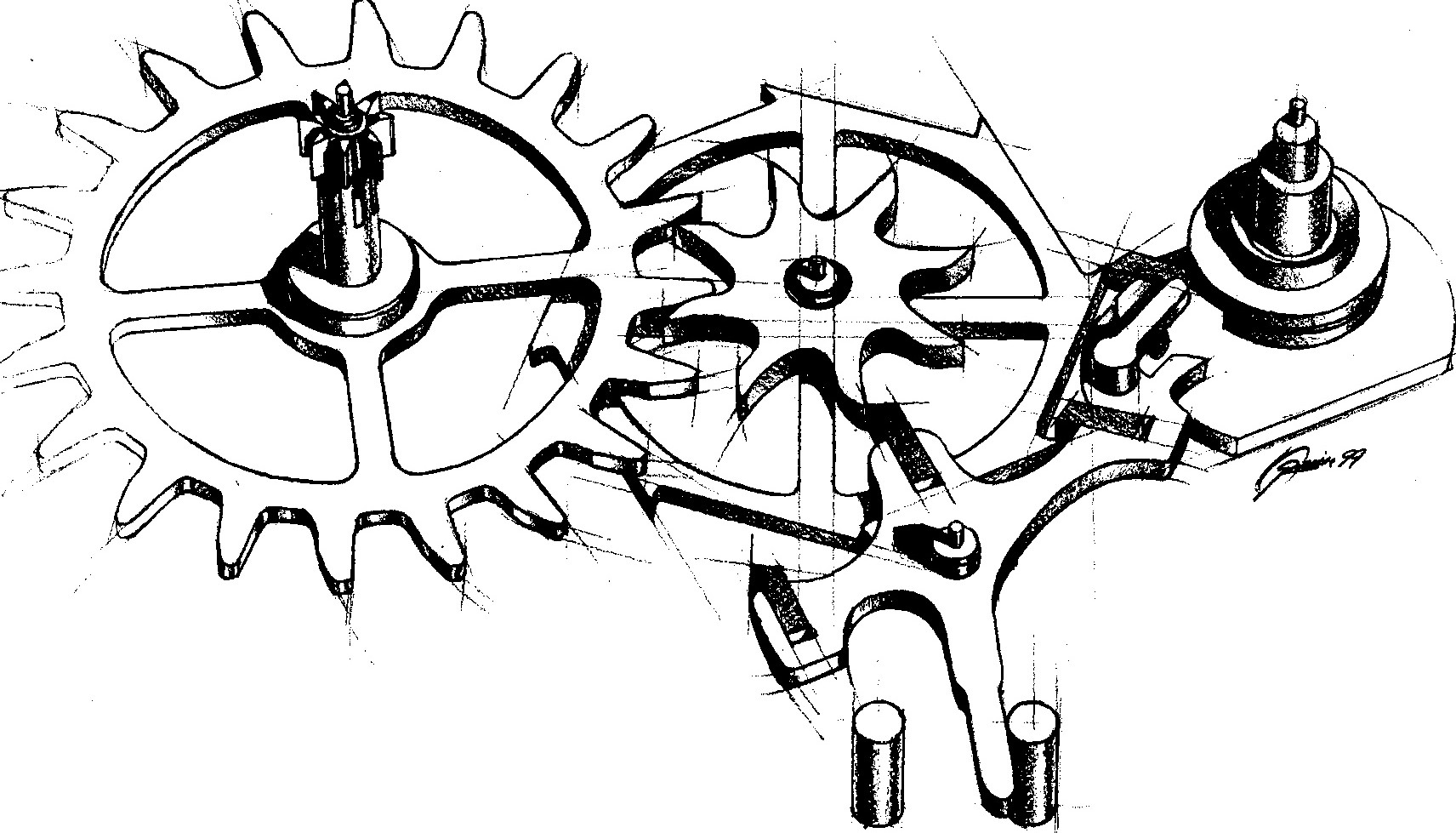
While others, including Abraham-Louis Breguet in 1787, made minor modifications to the tech, the story of the escapement is almost exclusively a tale of two Brits – or three, if you include Daniels’ apprentice Roger Smith. The co-axial escapement comprises a system of three pallets that separate the locking function from the impulse. This reduces the sliding friction of the lever escapement and, theoretically, the need for lubrication of the pallets, though in practice some is used to reduce impact corrosion.
Twenty-five years later, Smith is a celebrated independent watchmaker in his own right. He explains how a movement that is now wholly associated with Omega, is pictured in this Rolex. Also, importantly, how it has come to be in his possession.
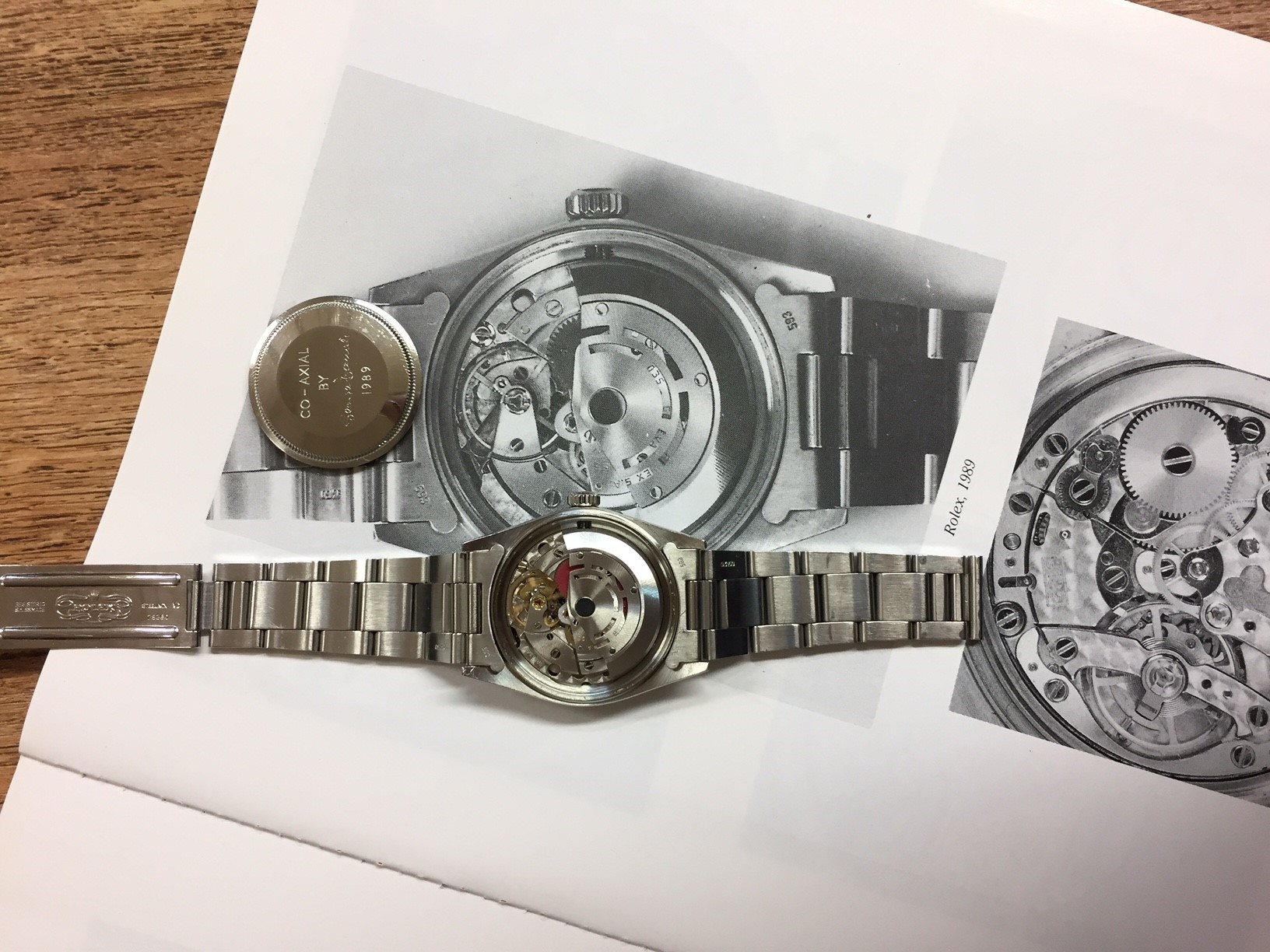
T+T: What is the story of this watch? How did it come to have a modified escapement?
RS: It’s a Rolex Oyster, which was converted by George to house his co-axial escapement around 1989. This Rolex had two purposes: firstly, to unequivocally prove the co-axial’s advancement in efficiency and performance over the lever escapement, and secondly, to show that it was possible to scale the co-axial escapement down to fit into a production wristwatch.
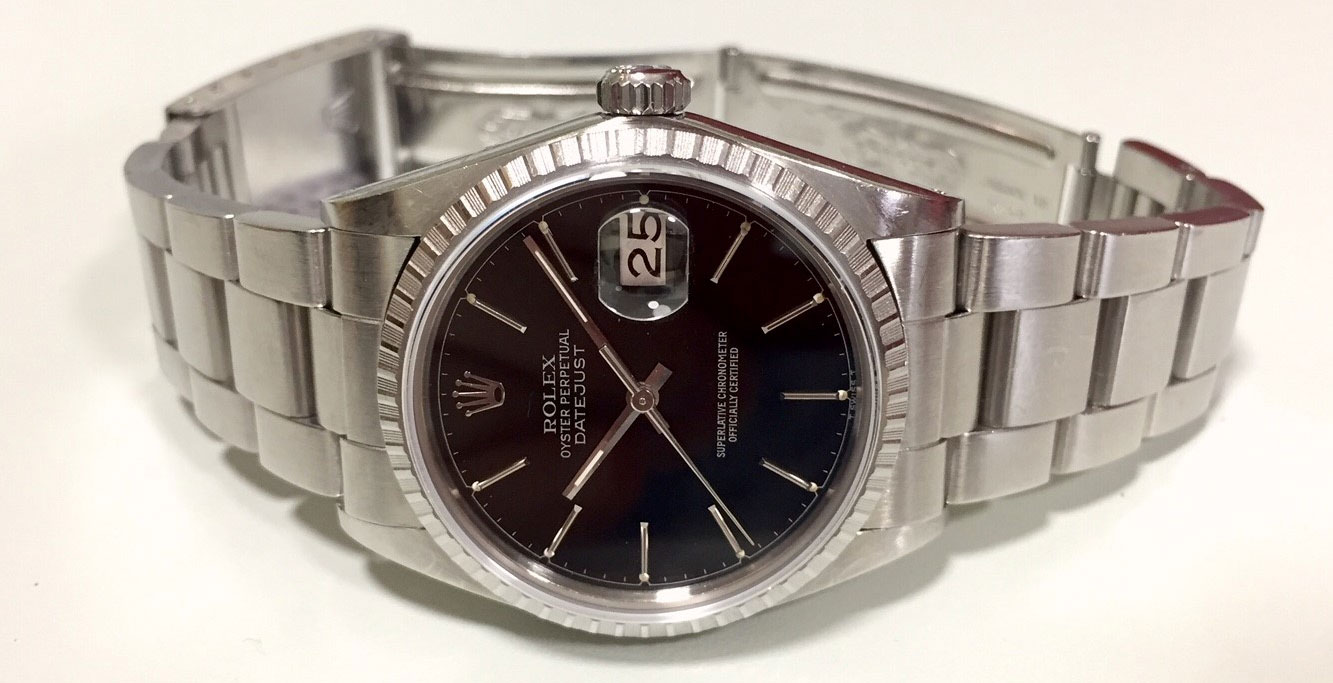
T+T: How did it come to be in your possession?
RS: After George Daniels died in 2011, he bequeathed his Riversdale workshop and its contents to me, so that I could continue his work alongside my own. We have recently moved into a new and more spacious studio, and while we were reconstituting the contents of Riversdale into a museum devoted to George’s legacy and work, I came across this watch and the escapement. I don’t think it is overstating it to say that this humble Rolex is one of the most important watches in recent history, so I felt it important to preserve it for future generations.
T+T: How well does it function?
RS: The escapement is prototypically crude, but works perfectly well, and what’s so special about it is that this is the escapement that overcame the sceptics; this is the escapement that gained the ultimate validation for a new escapement design – industrial-scale mass production. That’s why the watch is so important.
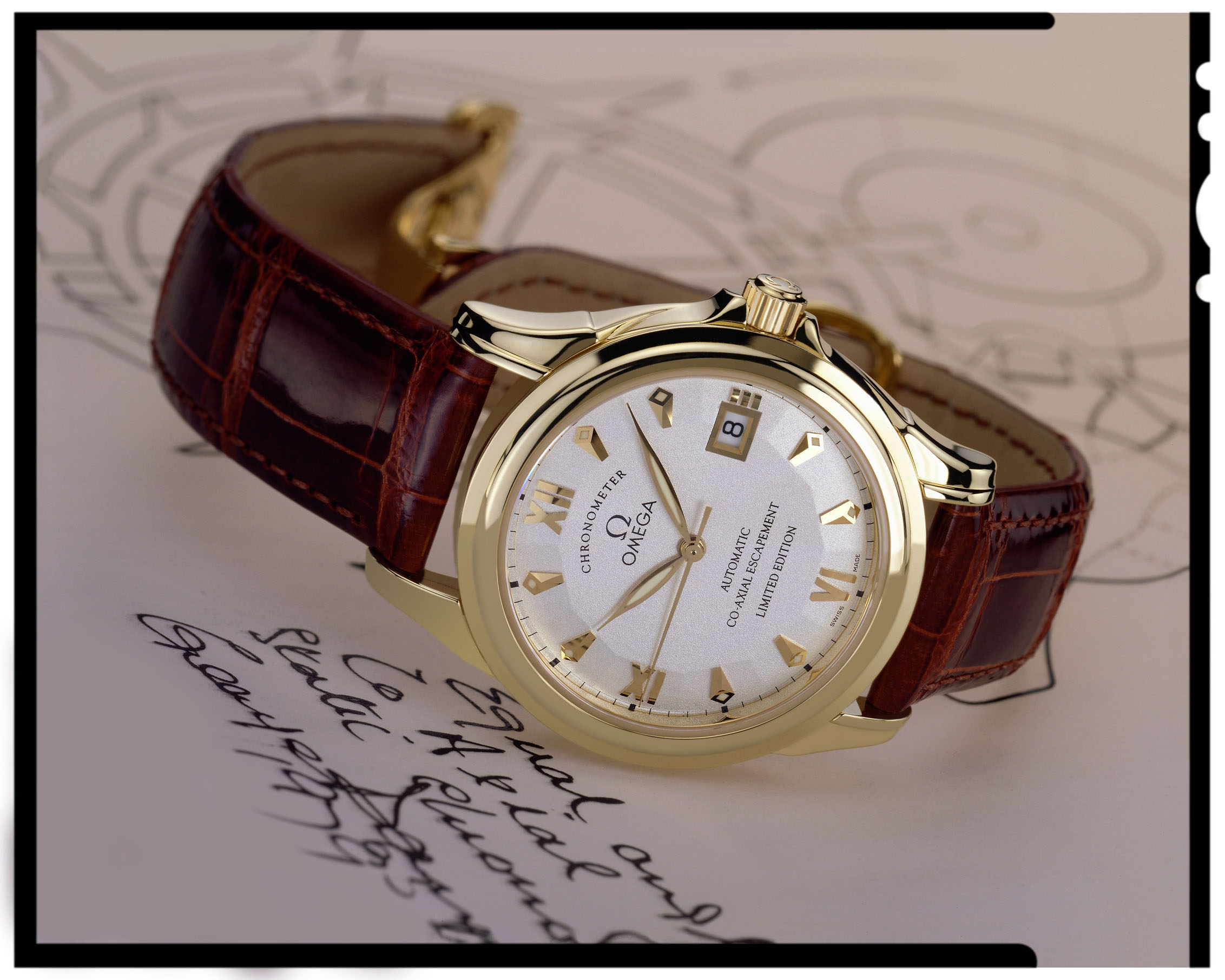
T+T: How did you first meet George Daniels? And what was he like to work with?
RS: George was a visiting speaker at the Manchester School of Horology, where I was studying watchmaking as a teenager. During his talk, he showed his seminal ‘Space Traveller’ pocket watch and it honestly changed my life. From that moment on I knew exactly what I wanted to do, which was to learn how to make a watch by hand, according to the method George Daniels had devised.
It took me seven years, and two prototypes of my own devising, for him to accept my potential as a watchmaker. He rather cannily refused to apprentice me in the traditional sense; I had to find my own way and learn the hard way, as he had. But what he did provide for me was the finest finishing school a watchmaker could have dreamed of.
George had a dawn-to-dusk work ethic and was utterly devoted to his horological work, and, of course, his vintage racing Bentleys. He expected the same work ethic and single-minded devotion from his young collaborator.
I think his intransigence in expecting me to find my own way as a watchmaker before he would allow me to work with him was perhaps the most important test for me to pass. I guess if you want to learn to climb Everest, your mentor can’t put you in a chairlift!
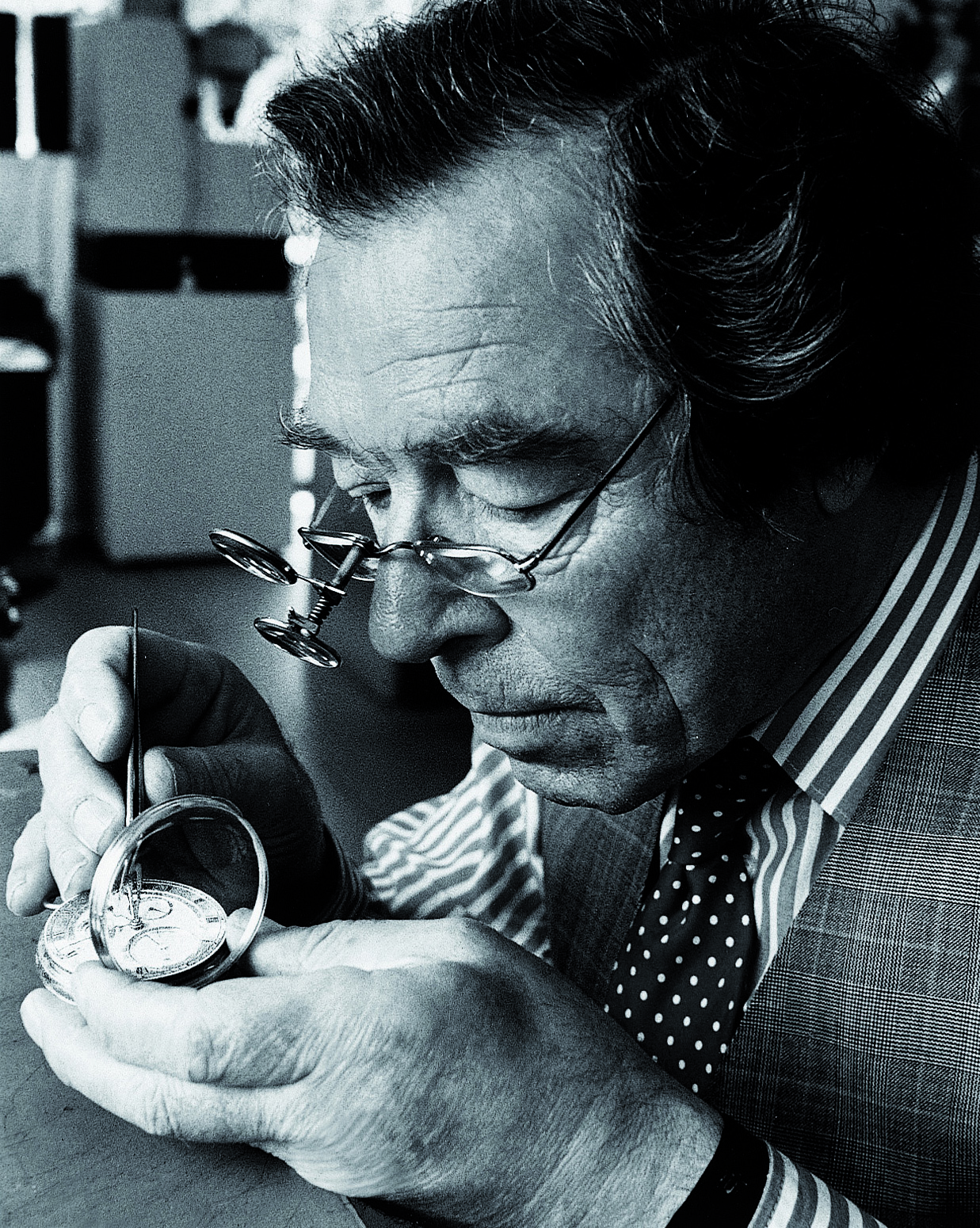
T+T: Where do you place the co-axial escapement in the annals of watchmaking technology?
RS: It is, in terms of efficiency and performance, the leading edge and future of mechanical watchmaking. For me, these are the hallmarks of the practical escapement because, aside from their outstanding timekeeping, these escapements yield the greatest benefit to the owner in terms of longer service intervals and longevity. Over the last 10 years I have focused on evolving George’s original design to improve its performance, with my new single-wheel version, which is giving us outstanding results.
Your question refers to the ‘annals’ of watchmaking technology, but I think the co-axial escapement, and where we are taking it, places the answer to that question in the long-term future. That’s the fundamental difference between the co-axial and previous designs, such as the lever escapement, whose significance is, for me, historic. This is not a criticism of the lever. I just feel it’s like comparing a classic sports car to Formula One.

T+T: In your opinion, did other brands miss an opportunity when they passed on the co-axial escapement?
RS: If the quest is for the most practical and best-performing escapement, then it would have been a missed opportunity. However, if the quest is to follow the heart and to make a modern-day bridge to watchmaking’s history, then other escapement designs are perfectly valid. It’s not always about outright performance for all watchmakers, or collectors; they each have their own watchmaking ethos. It just happens to be my approach.
T+T: What is your personal vision as a watchmaker?
RS: For me, the ‘art’ is found in the quest for functional perfection. This was clearly true of George Daniels, whose watches had a pure functional simplicity in design. I like to add some English design flourishes to mine, but at the core of my vision is the advancement of mechanical watchmaking. I also feel this is the best way I can express myself as a British watchmaker, since the majority of innovations in a mechanical wristwatch are British. We are a country of innovators. That’s how history is made – not by looking backwards.

T+T: In your opinion is ‘British made’ watches a claim worth pursuing?
RS: Without doubt it is. And, as I have been frequently quoted as saying, provenance should be carefully nurtured as we see something of a resurgence in British watchmaking. In terms of consumer standards, this is about honesty and transparency. But ultimately, the best way we can honour our British tradition is to continue to innovate and break new ground in horology. The past is there to inspire, not to be simply curated or copied. None of the great British watchmakers whose names often get bandied around was staring at a rear-view mirror when they pioneered new inventions. Nor should we.
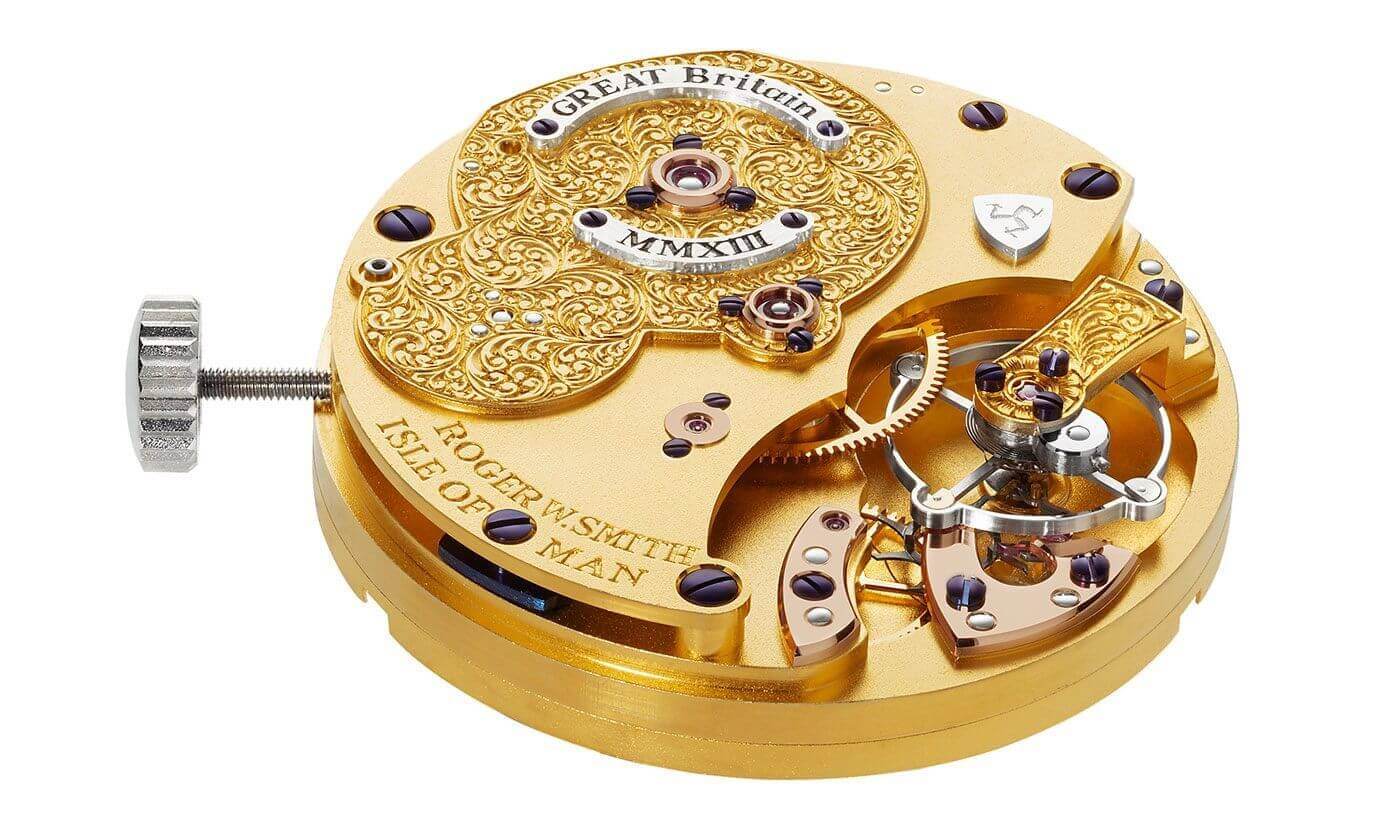
T+T: Which watch of yours are you proudest of?
RS: It has to be the next one! However, each has its own place within my journey – Series 1 for establishing the studio, Series 2 for putting The Workshop on the map and being the first production watch, The GREAT Britain for the recognition of British watchmaking and the first use of my lightweight version of my single wheel co-axial escapement, and my Open Dial for the art of watchmaking. I really could go on!




